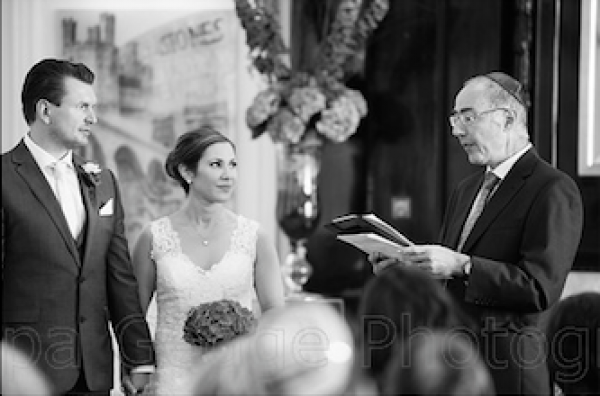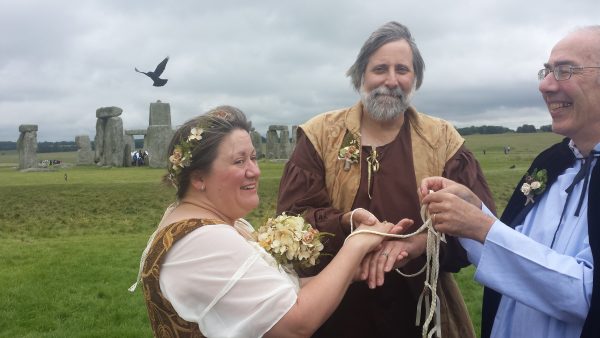How do you keep everyone happy?!
I remember, from my days as a teacher, that, as soon as you had more than one child in the classroom, you had to accept the fact: you now had a mixed-ability class.
When faced with 30 pupils, say, do you aim at satisfying the needs of the cleverest ones, the weakest, or those in the middle? How can you please all of them even part of the time?
Such a dilemma is not unique to the classroom.
Let’s consider a wedding.
Religion
As soon as religion enters the mix, you are faced with questions. If it’s a wedding, should you opt for a full, religious service? Will that really be what the couple and their family want?
What about a secular or humanist service? No religion at all? You can bet that somebody is not going to like that.
You could go for a partly-religious ceremony. However, that runs the risk of not satisfying anybody at all (although it may depend how the service is constructed and presented).

Source: Philippa Gedge photography
Compromise
As with a lot of the wedding planning, give-and-take is necessary. You’ll probably be struggling over the invitations already, so you may well be getting proficient at compromising.
Parameters
Given that you are highly unlikely to be able to keep everybody sweet, should you aim for the majority; should you placate parents; should you go your own way?
The first option risks being a bit wishy-washy. A mixed-faith service has got to be compiled and presented very professionally for it to work.
As for parents, even if they are financing the whole event, they should understand that it is still the fiances’ big day. That should be the bottom line. There’s nothing wrong with the couple including a religious element or two by way of compromise, but the ceremony should not be High Church (or equivalent), if the couple don’t want it.
As a civil celebrant, I have experience of one parent (only the one) who steamrollered the whole wedding – to the extent, that she threatened to boycott the event (and take quite a number of her relatives with her), if her choice was not respected over the couple’s. It takes all sorts …
If you decide to go your own way on your big day, you should be able to do so with a clear conscience. But if it is possible to include something that may placate those of different convictions, then it would be a nice gesture to do so.
The Best of all Worlds
I recently conducted a handfasting for a lovely couple. That was what Karl wanted; Martina had wanted a church wedding. They decided they would compromise (an encouraging start for a lifetime together!).
After the traditional church service, everybody moved to a wonderful barn for the handfasting, which I was to lead. The ceremony was nature-based, and required a few explanations for most guests.
The handfasting
We charged the circle (or space) before asking Air, Fire, Water and Earth to bless the couple. We drew down God and Goddess before blessing the couple with divine qualities. The actual handfasting (knotting together the couple’s wrists) took place before the pair (in the Quaich, or loving cup ceremony) drank to their past, present and future happiness, before we concluded in a more traditional way.
To judge by the comments and atmosphere, the ceremony was really well-received and presumably didn’t offend anybody. Whether or not we managed to keep absolutely everybody happy, I can’t say, but I think we may have come close to achieving the impossible!
That’s the beauty of celebrant-led weddings: the couple have the choice to create their ideal ceremony. I think that’s wonderful.

